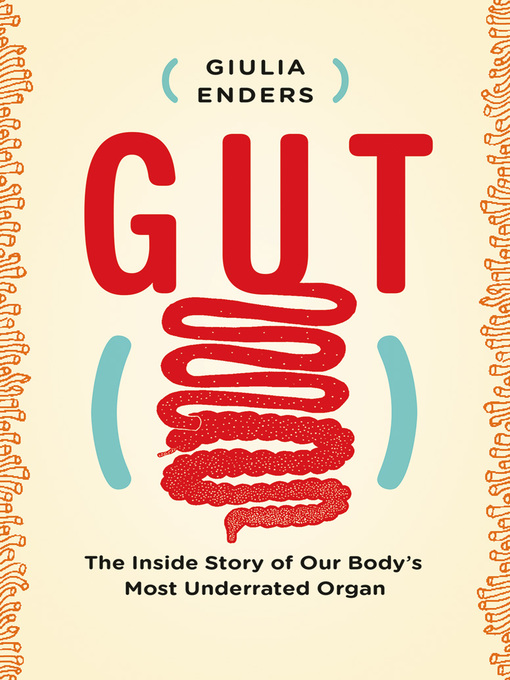
Gut
The Inside Story of Our Body's Most Underrated Organ
داستان درون اورگان باور نکردنی ما
فرمت کتاب
ebook
تاریخ انتشار
2015
Lexile Score
1120
Reading Level
7-9
نویسنده
David Shawناشر
Greystone Booksشابک
9781771641500
کتاب های مرتبط
- اطلاعات
- نقد و بررسی
- دیدگاه کاربران
نقد و بررسی

July 6, 2015
Enders, a medical student, became fascinated with all things digestive after a roommate asked her about the mechanics of elimination. She discovered that the gut affects overall health far more than she thought. With a great sense of humor and ample enthusiasm, Enders explains everything readers did and didn't want to know about their innards. She describes the digestive journey of a piece of cake from eyes to outcome in graphic detail, showing how much more is involved than just the stomach and intestines. She explores the world of microbes to talk about the good (probiotics), the bad (germs), and the ugly (toxoplasma). Parasites feature as well, and after disgusting readers with the particulars, she kindly provides tips on how to avoid an infestation. Enders also includes advice on how to avoid constipation, how to lie in bed in case of bloating, and what to do for heartburn. She doesn't just state factsâshe delves into the science behind them, which is eye-opening and humbling to learn about. With Harry Potter references, a Facebook analogy for understanding microbial food preferences, and zany drawings, this book defies boredom.

May 1, 2015
The large intestine contains the biggest microbial community in the body as hundreds of species of bacteria, or microbiota, reside in the human digestive tract. While microbes are known to aid in digestion and stimulate the immune system, only recently have scientists began to study the complex, symbiotic relationship between the human gut and its microbes.
In The Good Gut, Justin and Erica Sonnenburg, professor and researcher of microbiology and immunology at Stanford University respectively, explain the role that microbes play in the GI tract and how they relate to overall health, including possible links to obesity, autoimmune diseases, cancer, allergies, and more. While antibiotics and a low-fiber diet contribute to decreased microbiota, the good news is that gut flora diversity can be improved by consuming a microbiota-friendly diet that includes probiotics, fermented products, and high-fiber foods, especially those containing inulin, a natural storage carbohydrate. While aimed at the layperson, this title is acronym heavy: be prepared to understand SCFAs, MACs, FMTs, CDAD, EPS, and ASD.
Gut, written by Enders, a medical student, takes a lighthearted approach to the "body's most underrated organ." Originally published in German and a best seller on Germany's paperback charts, the title covers the entire digestive tract--from the mouth and tonsils to the esophagus to the small and large intestine, humorously lauding the elegance of the bowels. Along the way, the author covers myriad topics: the proper way to sit on a toilet, vomiting, constipation, feces facts, and the influence the gut has on the brain. The third portion of the book covers microbes, both good and bad. VERDICT With the increased attention paid to microbiota and the gut, readers will find each of these books noteworthy. Those interested in changing their microbiota will want to read The Good Gut; those who like a conversational approach to learning about the digestive system will prefer Gut.--Pauline Theriault, Multnomah Cty. Lib., Portland, OR
Copyright 2015 Library Journal, LLC Used with permission.

























دیدگاه کاربران